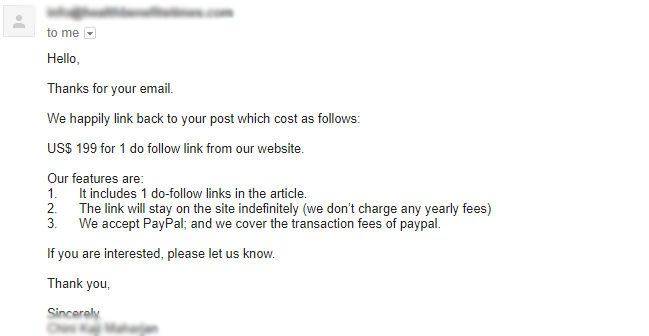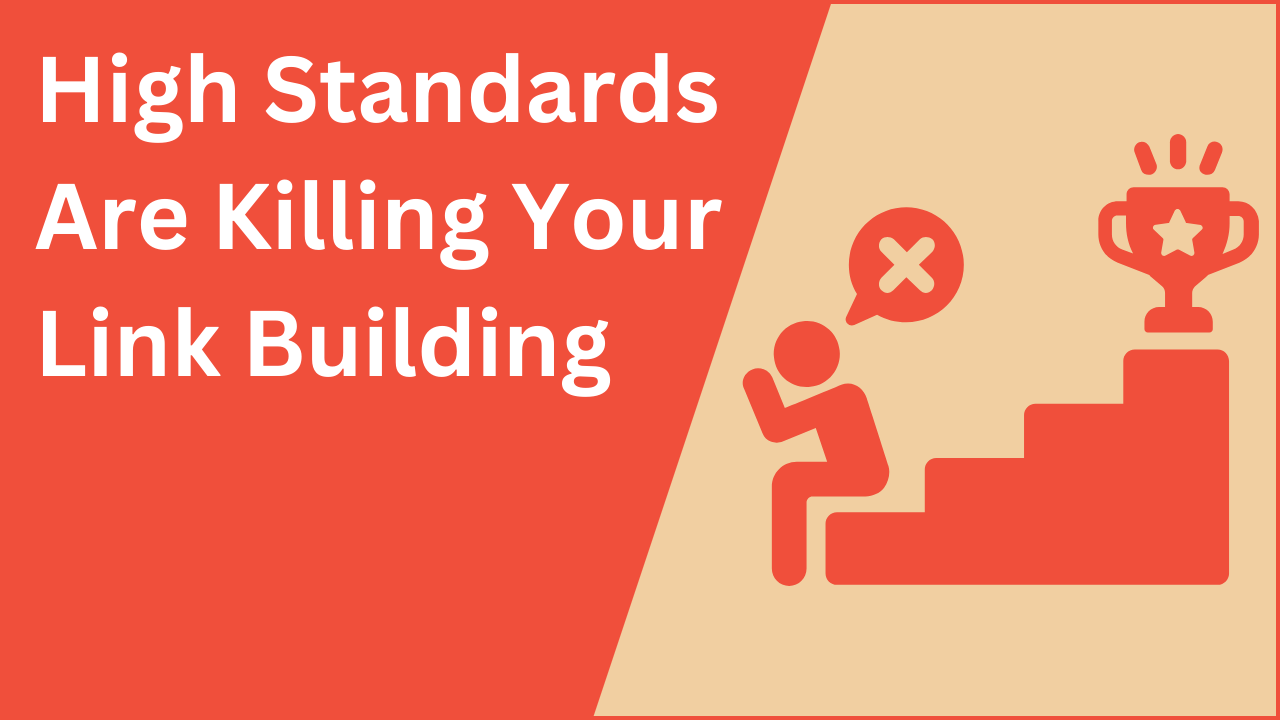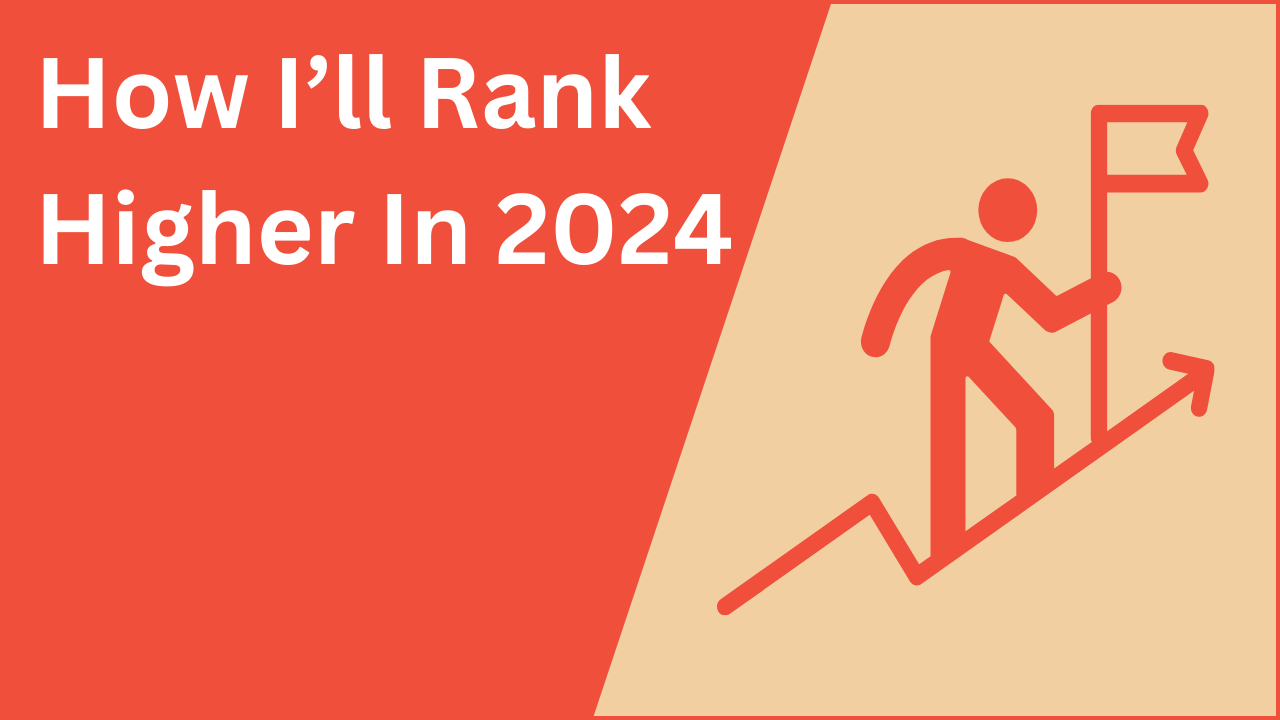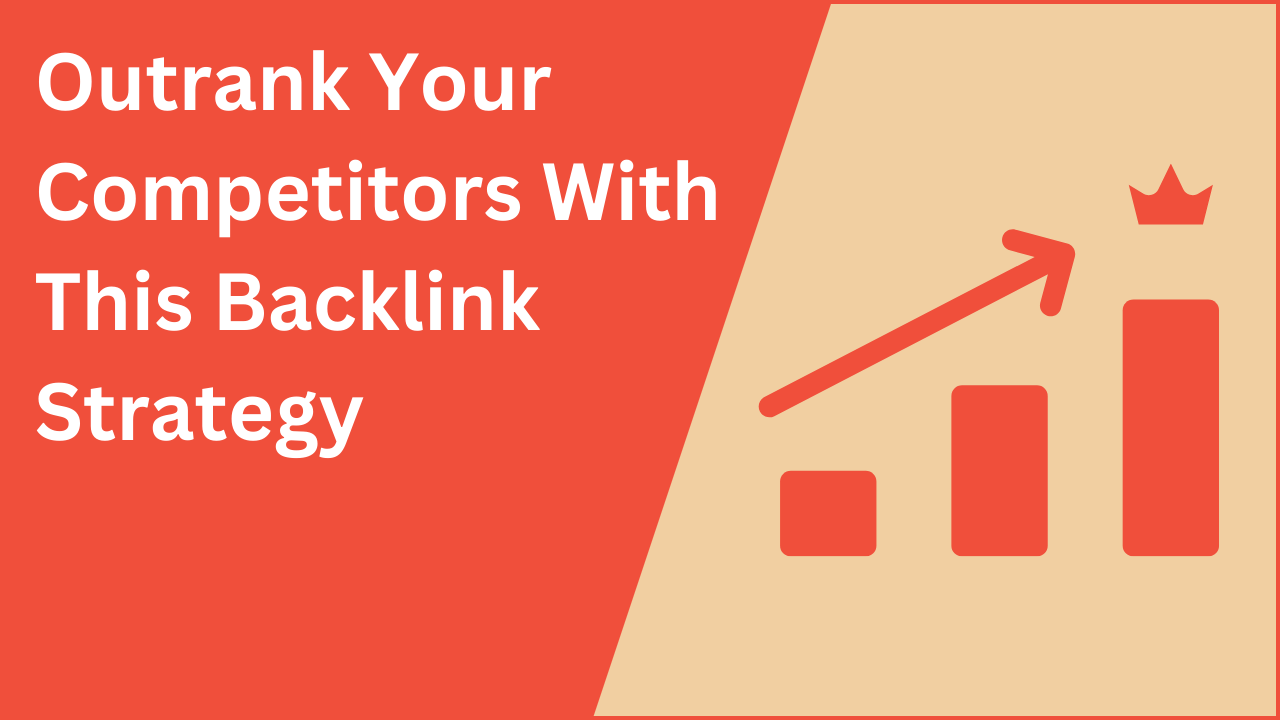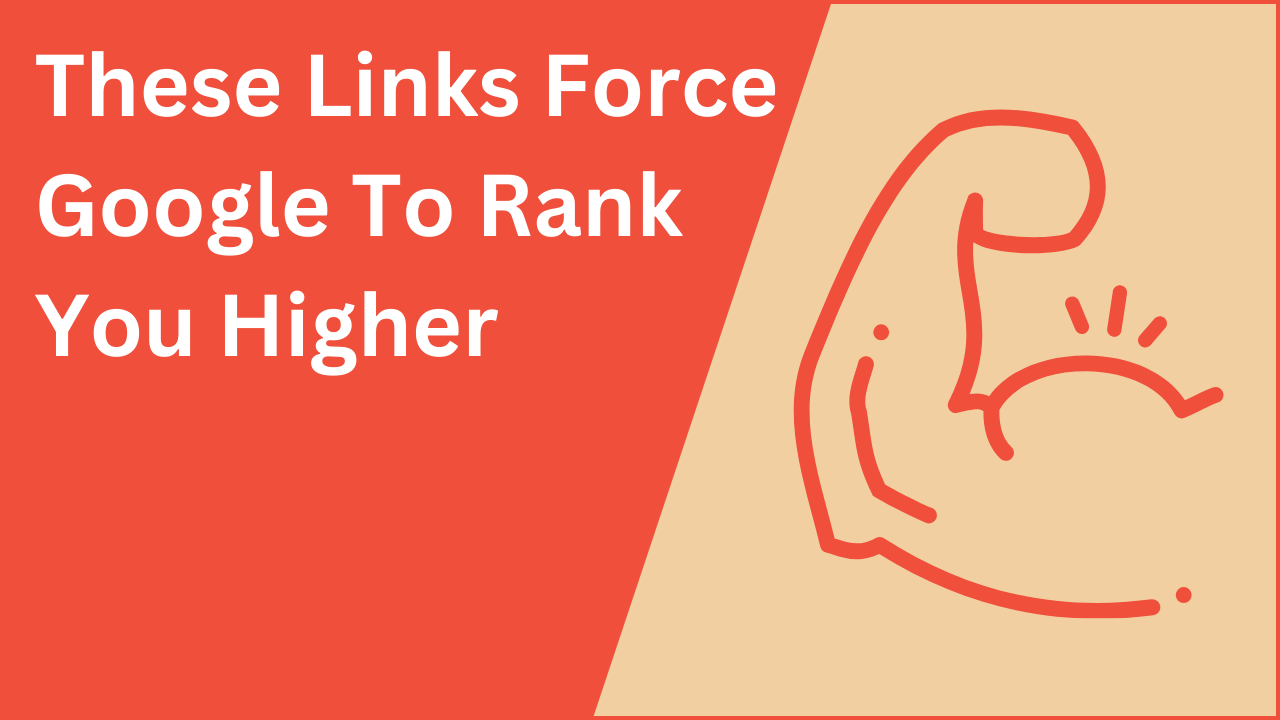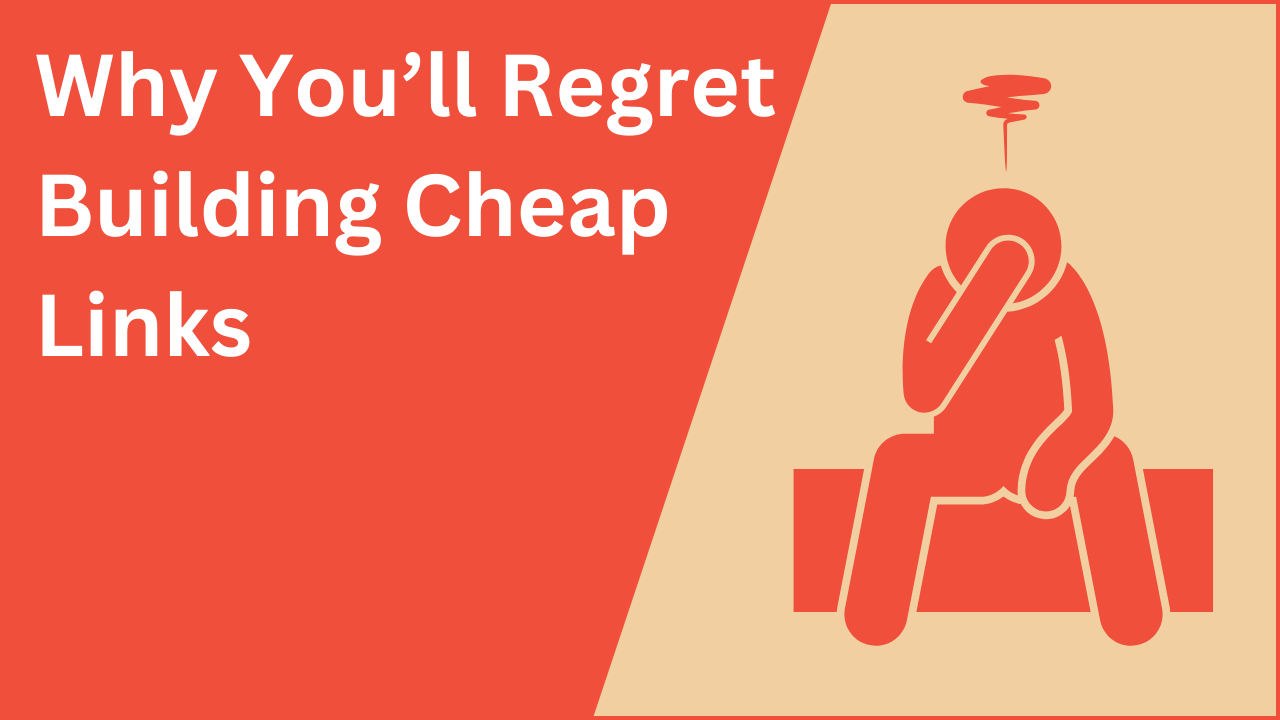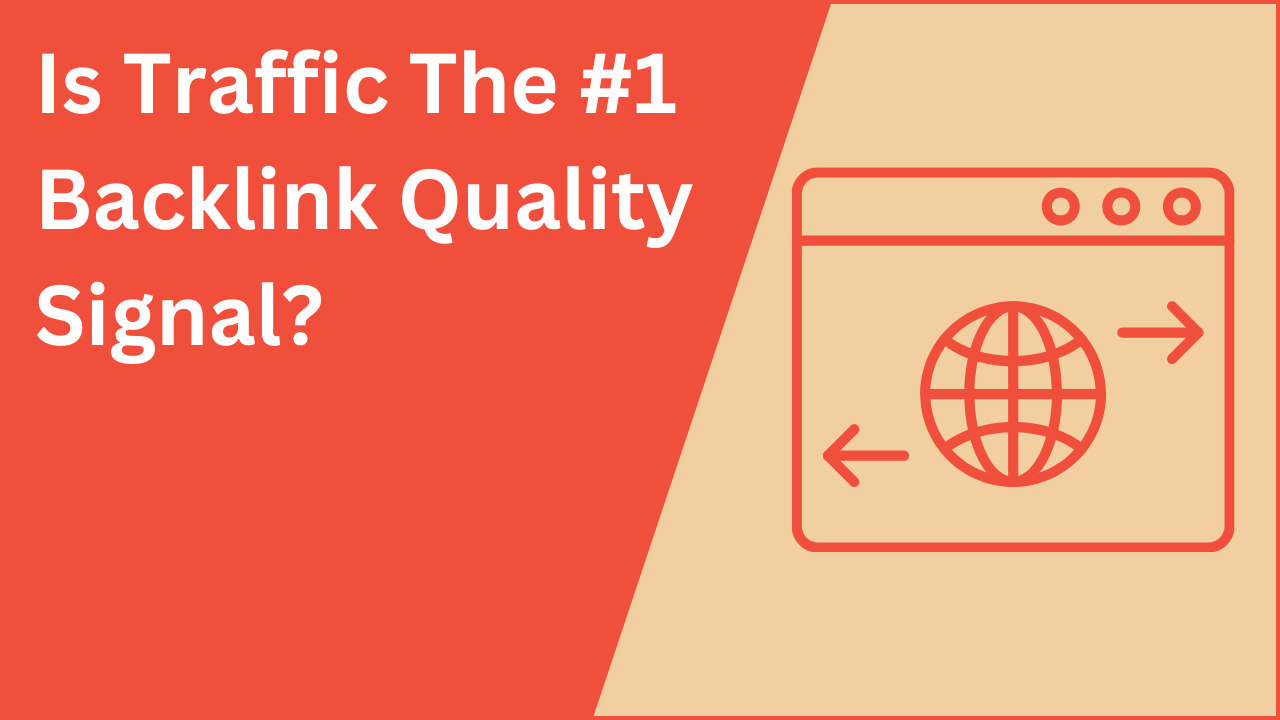Get quality links from real sites, using email outreach
Building links to your site is tough…
You know that links are crucial to grow organic traffic… But you also know not just any old links will do the trick.
Google likes links from other websites that it already knows and trusts.
They use links as a vote of confidence for your site, and “votes” from real websites with real traffic are what really pack a punch.
But you know all this already, right?
The problem is actually building the darn things!
At WeOutreach, we build a lot of links for our clients – And in this post I’m going to share some of our secrets with you.
In this post you’ll see:
- How link building is just a numbers game
- How to scale & hit your link building goals
- Why email outreach is the best strategy
- Real data & lessons from one of our campaigns
- The many ways it can all go wrong
If you want to learn how big sites build hundreds of links every month, this is the post for you!
Here’s the main thing you need to know…
Link building is just a numbers game
In the next section (after this one) we’ll be doing a breakdown of a full outreach link building campaign, and we’ll discuss the specific process as part of that.
The process has a few simple steps:
- Find link prospects (the websites you’ll email to ask for a link)
- Filter the prospects (remove the shit ones)
- Email prospects via a bulk outreach tool
- Monitor inbox for responses
- Engage with responders and secure links
As mentioned, you’ll see a full illustration of this in the next section.
Side note: There’s several types of outreach link building, but they all follow a similar process as above. Whether you’re looking for guest post opportunities, getting your link added to a resource page, or asking for a link to your site in an existing article – All rely on finding prospects, sending emails, and managing responses.
It’s just like one big funnel…
Carrying out these steps involves using various tools, spreadsheet work, manual assessment of sites, and a lot of time spent chatting to prospects in your inbox.
Although the tasks are varied, the end result of each step is the same: You have less prospects after it than you did at the start.
You can think of these steps as a link building funnel… You put link prospects into the funnel in step 1, and then gradually work it down to the few that will link to you.
Step 1
In step 1 of the process above, you’ll get a big list of prospects. This is generally done in bulk.
Maybe you scrape Google results for certain keywords related to your site, or you download a list of sites that link to your competitors (so maybe they’ll link to you too!) from Ahrefs.
Whatever the case, let’s say you find a list of 2000 websites. This is your initial batch, and this means that step 1 is complete.
Through the rest of the steps, this initial list of prospects gets whittled down further and further.
Step 2
In step 2 you filter your prospects – Maybe you remove forums, sites that don’t have an email address, irrelevant sites, and sites that just look low quality.
After this you’re down to maybe 600 prospects. And yes – an initial batch really will be filtered down this much. Initial batches are largely made up of crap.
Step 3
Then in step 3 you send your emails.
No matter how hard you try, at least 1% will bounce – meaning more “dead” prospects. That’s only a small difference, but a reduction to your list nonetheless.
Step 4
Throughout your whole campaign maybe you get 80 responses to your inbox for step 4. And yes I do mean 80 responses from the 600 people that you emailed.
What happens to the other 520? They don’t check their inbox, they don’t like your site, they don’t like you, they don’t like giving out links, they don’t understand what you want…
Or any other number of reasons why someone won’t respond to your emails.
Step 5
So now we’re coming into step 5, and you’ve got 80 responses. (By the way, some of these will be telling you to buzz off)
Let’s imagine you’re a real people person, and you manage to talk 15% of these into giving you a link – That’s 12 links.
So that’s 12 links from a single campaign, not too bad.
The results, and the numbers game
After the filtering of step 2, you were left with 600 prospects that were worthy of emailing.
And of these 600, you got 12 links.
That’s a conversion rate of 2% – The conversion rate of a link building campaign is impacted by a bunch of variables (discussed later in this article), but 1-4% is about typical.
Here’s where the numbers game comes in…
Let’s say that as part of your SEO plan, you’ve decided you need 60 links.
We can now work backwards from this goal to estimate how many prospects you’ll need and how many campaigns you’ll need to run in order to his this target.
In reality, every campaign is different. But for the sake of example let’s imagine that each of your campaigns is exactly the same, with 600 prospects and a 2% conversion rate.
That means to hit your 60 link goal you’ll need 3,000 prospects (after step 2 filtering) across 5 link outreach campaigns.
And that’s it.
The amount of links you can build is directly dependant on how many prospects you have, and how many emails you send.
Once you master the mechanics of this process, you simply scale it up and do more and more of the same thing until you hit your link goal.
To do this type of link building at scale requires the use of tools and also effective delegation to your team.
It’s challenging, but also rewarding. The masters of this technique build hundreds (or thousands) of high quality backlinks on real websites every month.
As you’ll already be aware, links are one of the most (if not THE most) important ranking factor in Google. More links = better rankings = more traffic = more revenue.
Link building can have a direct impact on the revenue generated by your website.
This style of link building is a true “money” skill.
Lessons From A Real Campaign
Lemme start this off by giving you some basic stats about how this campaign performed:
- Niche: Home
- Prospects: 897
- Links: 17
- Conversion: 1.9%
- Offers to buy: 18
This was a campaign we ran for one of our clients. It’s just one of many campaigns we’ve run for this same site, building a total of over 60 links (so far).
You might be interested to see the current traffic boner we’ve got going on (as per Ahrefs):
Our link building isn’t the only reason this site is seeing such explosive organic traffic growth of course.
Great keyword research, quality content creation, and a deep understanding of on-page SEO on behalf of the client are also to thank for these amazing results.
Side note: As you might already know, we only work with sites that have great branding and truly killer content. These are a crucial part of what makes our link building campaigns so successful. If that sounds like you, be sure to reach out.
Ok, let’s dive deeper…
Email stats
- Total emails sent: 3,663
- Opens: 1730 (47.23%)
- Replies: 241 (6.58%)
- Avg. emails per prospect: 4.1
- Bounces: 34 / 0.93%
We send an initial email + 4 followups. The sequence stops if we get a response.
Here’s a breakdown of sends, opens, and replies for each email in the sequence:
So what can we learn from these stats?
Lesson 1: Follow-ups are crucial
The importance of follow up emails is clear, with 64% of responses coming from followups.
From earlier in this article you already know that links are built by talking to those prospects that respond to your emails. And on from that, you know that more links means more organic traffic and thus more revenue.
So if you’re not sending followups, you’re quite literally leaving money on the table by reducing the number of responses you get and thus reducing the amount of links you build from your campaign.
Thankfully bulk email tools make sending automatic followups very simple. Remember – only send to prospects that haven’t replied to your first emails.
Followups are not only crucial, but they can be scary…
Lesson 2: Don’t be afraid of follow-ups
Some link builders feel an aversion to followups.
On the surface, this is understandable. It’s easy to think that followups are a bit spammy and you might piss people off.
And to be frank – You will piss people off, sometimes.
But if your content and email template are solid and your prospect relevance is tight, you’ll find that complaints are few and far between. This is especially true if you’ve got a good and reputable brand.
I don’t have exact data on this, but I’m pretty sure we get more folks thanking us for the followup than we get complaints. Franky, complaints are rare.
Lesson 3: Be aware of bounce rate
This campaign had a bounce rate of just under 1%.
It’s important to keep your bounce rate as low as possible – If you bounce too much, you’ll likely damage the “sender reputation” of your domain and your emails will end up in spam folders more often.
But no matter what you do… you’ll still get at least some bounces.
1% or thereabouts is typical.
You should verify the deliverability of each email address (using a tool like Neverbounce) before sending. If you don’t do this, your bounce rate will be much higher.
If you’re in and around 1%, you should be fine.
If you’re hitting 2-3%+ then it’s time to start figuring out why that is and what you can do about it.
Link stats
- Avg. prospect DR: 43
- Avg. built link DR: 30
- Built link DR’s: 64, 59, 42, 38, 38, 35, 29, 28, 26, 26, 26, 23, 22, 21, 14, 12, 11
There’s not much to say here, these stats are just interesting.
An average of DR 30 isn’t half bad – and again pretty typical. Most of our campaigns result in an average link DR of 30-40.
You can see also as part of this that we got some very nice links, with DR 64 and DR 59 – Those should pack a punch!
Links per email type
- Personal prospects: 613
- Links: 10
- Cvr.: 1.6%
- Avg. DR: 46
- Generic prospects: 284
- Links: 7
- Cvr.: 2.4%
- Avg. DR: 45
Personal emails are name@whatever.com, while generic emails are info@whatever.com
Intuitively, personal emails seem better – You’re talking directly to a real person, and generally you also know their first name which is important for email personalisation.
Surprisingly, this doesn’t hold true for this campaign.
Quite the opposite in fact, with generic email addresses yielding 150% more links than personal.
You shouldn’t read too much into this – Over a larger sample size and more campaigns, personal emails would almost definitely out-perform generic.
Offers to buy
You might have noticed that in the overall campaign stats there’s 18 “offers to buy” listed.
Anyone who’s done a lot of outreach will know that plenty of prospects are happy to add a link – if you pay them.
Some prospects even seem insulted by the suggestion that they add a link to a quality resource:
No links were bought for this campaign, but the data is still interesting:
- Total offers: 18
- Avg. DR: 45
- Avg. price: $75
- Avg. DR30-40: $74
- Avg. DR40-50: $75
- Avg. DR50+: $75
Here’s the full list of DR’s and prices:
It’s interesting that the average is almost the exact same, regardless of DR.
This is probably a niche thing. Sites in some niches certainly charge more than others. Also, this sample size is small.
It’s also not that surprising as the average site owner out there probably doesn’t know what DR is, let alone the DR of their own site.
Some know their worth of course.. but many are just seeing an increasing in emails asking for links, so it’s an obvious way for them to make some extra cash.
Should you pay for links?
The answer to this is a definitive “maybe”.
You should know that Google really don’t like folks paying for links… so if they catch you doing that, it might lead to bad repercussions for your site. Google sometimes hand out an “unnatural link penalty”, which basically gets your site de-indexed.
But with that said, it’s very unlikely they’ll ever find out you paid for a few links. And even if you do catch a penalty, many sites have been having great luck with getting these penalties lifted upon a review request.
In some niches it’s very difficult to build links, and to use this method effectively you’ll simply have to dish out some dollah.
Also if your brand or content isn’t up to scratch it might just be easier and more economical for you to pay for links rather than to invest in building out better content and web presence.
Ok, let’s move on to the last section.
What you gotta know is that no two link outreach campaigns are the same.
Nothing is standard…
The Many Variables That’ll Impact Your Results
There’s a TON of variables that influence the results of an outreach campaign, but to name a few:
- Niche
- Topic
- Prospect list relevance
- Email subject and template
- Post-response email style
- Content quality
We’ll now discuss some of these in relation to the campaign we just looked at, but you should find it valuable for your own campaigns too.
Niche
The home niche is good for this outreach stuff. I’ve run many campaigns for a variety of topics, and the results are generally pretty good.
Other good niches are health, diy, outdoors, pets, food… And tons more.
Niches that prove more difficult are things like gaming, tech, business, marketing, etc. These niches are more savvy when it comes to this technique and generally less interested in listening to what you’ve got to say and linking to your site.
Of course, if your site and content are authoritative enough then you can demand respect (and links) in almost any niche.
The point is: no two niches are the same. You’ll find wide differences in results just based on niche alone.
Prospect list relevance
Our prospect lists are always pretty relevant, although we do take a “shotgun” approach.
If you haven’t heard of this, you can think about two possible approaches to choose your prospects as the “shotgun” approach or the “sniper” approach.
The shotgun approach means finding large batches of prospects and filtering them using broad sweeps with automation, then contacting them using a standard email template (sometimes with basic personalisation such as using the prospects name at the start of the email).
Whereas the sniper approach is more about spending a lot of time to choose very relevant prospects carefully, and contact them in a very unique way.
It’s possible to get a higher conversion rate with a more personalised approach… but it’s also much more expensive, and less scalable.
Link builders find success with both approaches.
You’ll find that each approach can be more effective in certain situations too.
If you’re in a tough niche, maybe the hands on approach is the better choice. Or if you want links from very large websites, again maybe you’ll want to try a hyper personalised approach.
A very personalised approach for large authoritative websites (making for very powerful links) combined with a more shotgun approach for smaller websites (weaker links) might be a good strategy to try.
Email subject line and template
You can see from the open and response rates that our email subject and template are fairly on point for this campaign.
This is also likely an indication that our email list relevance was good.
You should test different subject lines and templates, and measure your results.
Be unique and try to stand out from the crowd. Always test new ideas and angles, and use what you learn to help improve future campaigns.
Post-response email style
When a prospect replies to you, this is when you need to take over with a real human touch.
In the case of our campaign above (and all campaigns we run), skilled staff deal with responses.
We do bulk outreach to find the “hot” prospects (those who reply), then we change gears to a highly personal approach to effectively engage and convert prospects.
Always remember that you’re talking to a real person on the other end of these emails.
The goal is to build links.. But you need to do that in a friendly and engaging way, or you’ll find that your results are impacted quite negatively.
Content quality
This refers to the quality of the content on your site, and the overall quality of the site and content that you’re trying to build links to.
The strategy for our campaign above relies heavily on the quality of the page we’re building links to – If you show someone a piece of shit content, why would they link?
Imagine if someone asked you for a link to their site. If you check their site and you see great design, a nice brand, and all topped with unique and highly useful information…
Well maybe, just maybe you’ll give them a link – because they deserve it. They’ve earned it.
On the other hand, if the site gives a bad impression and seems to only have commercial content that tries to sell with stuff or send you to another site via affiliate links… Well, you’ll probably just close the email and not even reply.
Heck, you might even report them as spam first.
The lesson here is this…
If you’re going to build links based on the quality of your content and brand, make sure that you actually deserve it before you start.
Because if you don’t, you’re gonna have a real bad time.







